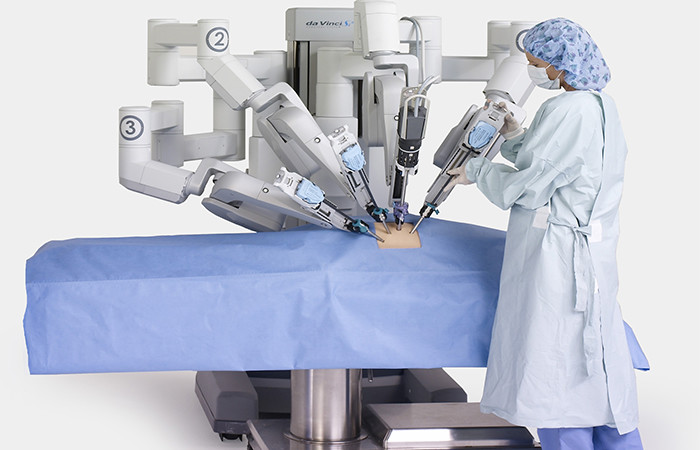In general, one of 4-5 women has myoma. Usually, myomas can be followed up only without administering any treatment. Some myomas can cause infertility or miscarriage in patients. In such cases, mostly surgical intervention is required. Today, myomas can be removed using robotic surgical technique thanks to the advanced technology. Thanks to robotic surgery, a patient who underwent robotic myomectomy can return to daily life in a short time. Excessively grown myomas make a woman’s life quite difficult. Findings such as bleeding irregularities, pressure sensation, constipation, frequent urination and pain indicate how important it is to get rid of this disease quickly.
So, when do myomas require to be removed surgically?
Myomas causes different complaints depending on their locations of and regions they are found. For example, some myomas may cause pressure, severe pain, excessive and abnormal bleeding, and even infertility due to the enlarged uterus. In such cases, surgical intervention is absolutely required. In addition, there is no need large incisions in the abdomen of the patient during myomectomy performed using the robotic surgery system. It is more advantageous than open surgery and is successfully performed with robotic surgical method.
What is the advantage of robotic surgery used in myomectomy?
With robotic surgery, the disadvantages thay may be experienced are eliminated.Myomectomy operations can be performed easily through small incisions (0.5-1 cm) without making a long surgical incision in the patient’s abdomen. Moreover, in robotic myomectomy, the uterine layers of the patient can be sutured one by one. In general, 95% of gynecologic surgeries can be performed using robotic surgery system. During a robotic surgery, all tissues can be viewed in detail three dimensionally at 10 and 20 times magnification. Thanks to the robotic system, hand tremors are completely eliminated. The intervention can be performed easily by inserting the instruments into the areas where a hand cannot reach and visualizing the tissues in more detail. Other advantages of robotic surgery are less postoperative pain, lower risk of infection, and minimizing the risk of intra-abdominal adhesion.
